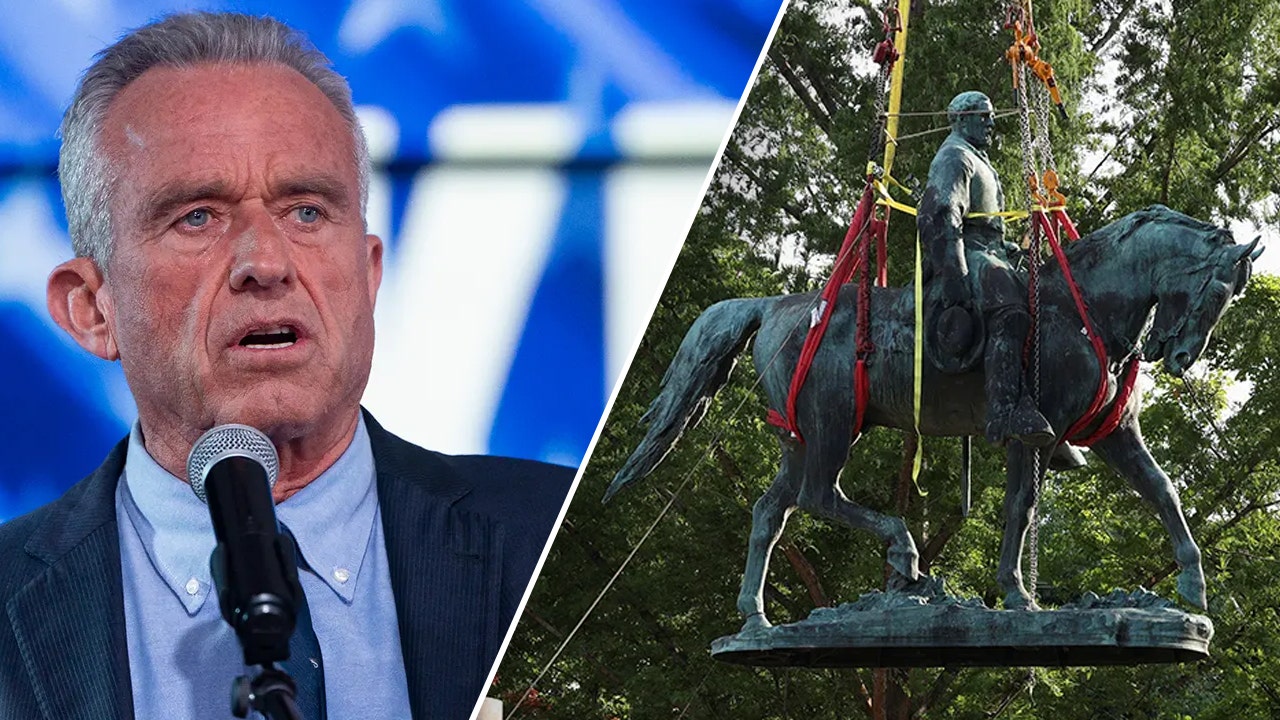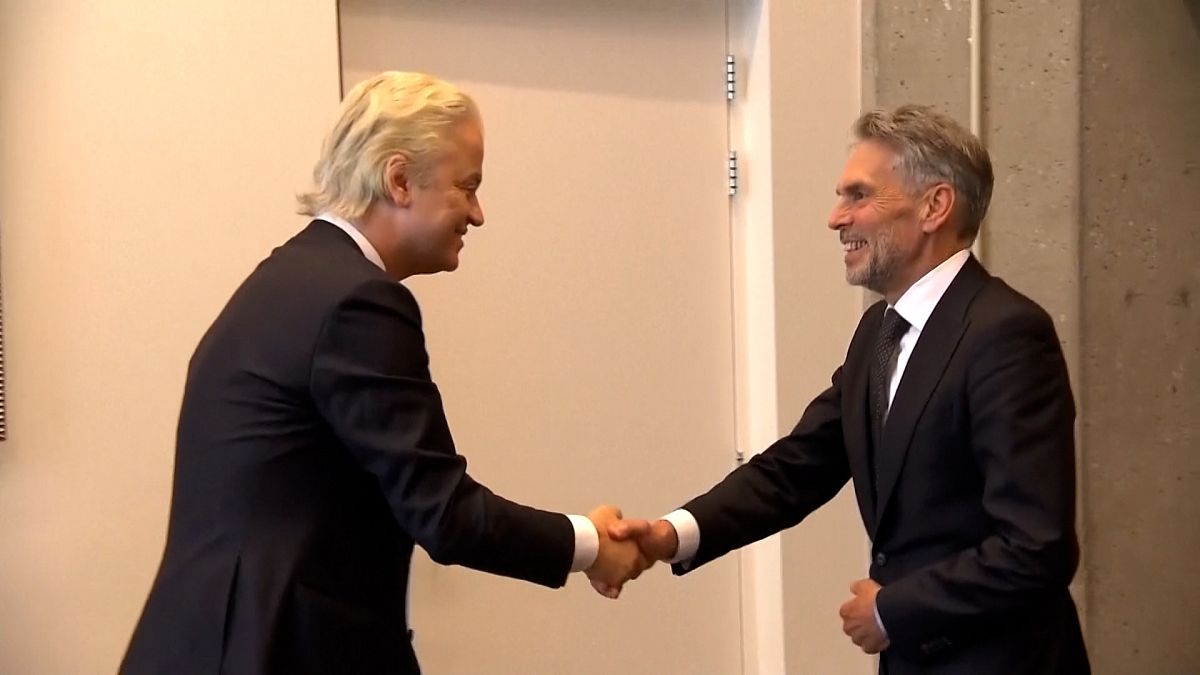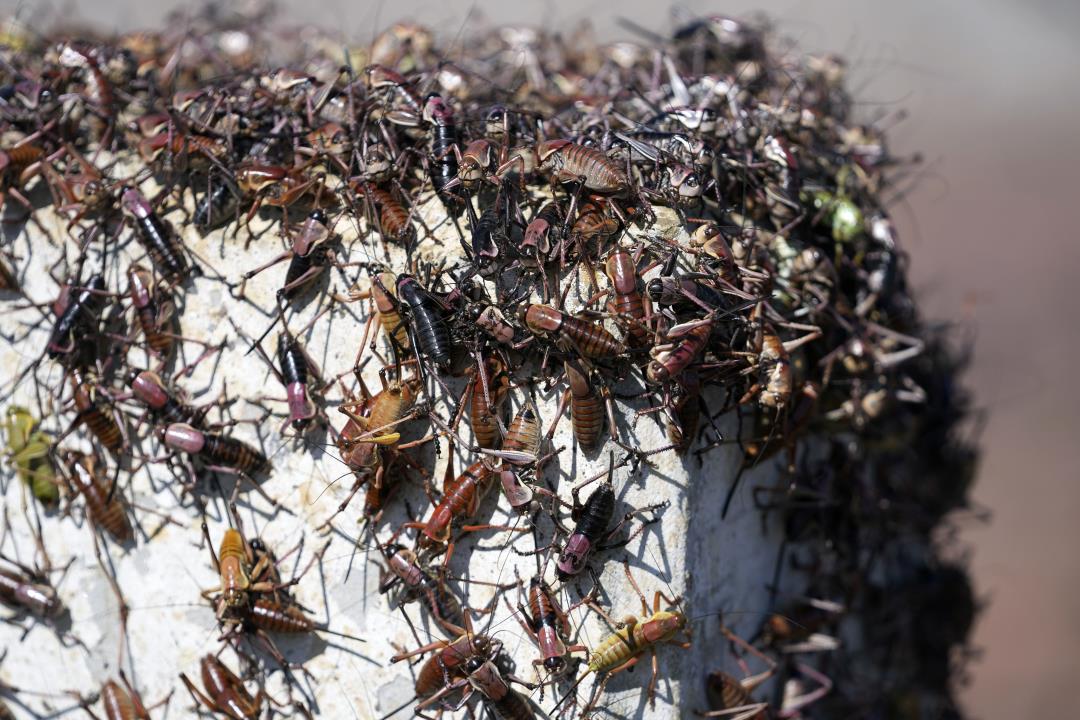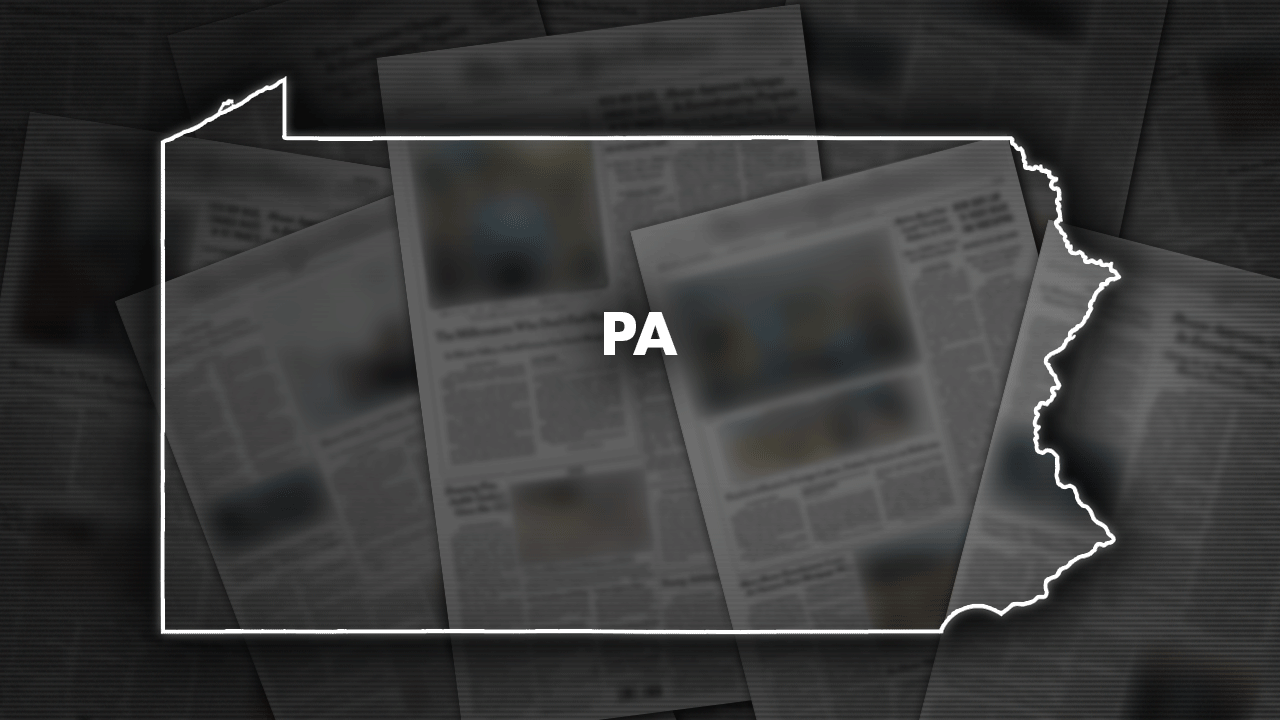South Dakota
South Dakota Election Results

St. John*incumbent
Republican
Perry*incumbent
Republican
Schaefbauer
Republican
Deutsch*incumbent
Republican
Bartels*incumbent
Republican
Aylward*incumbent
Republican
Otten*incumbent
Republican
Mills*incumbent
Republican
Soye*incumbent
Republican
Healy*incumbent
Democrat
Karr*incumbent
Republican
Jamison*incumbent
Republican
Peterson*incumbent
Republican
Venhuizen
Republican
Rehfeldt*incumbent
Republican
Duba*incumbent
Democrat
Jensen*incumbent
Republican
Engquist-Schroeder
Democrat
Cwach*incumbent
Democrat
Stevens*incumbent
Republican
Bahmuller
Republican
Koth*incumbent
Republican
Blare*incumbent
Republican
Overweg*incumbent
Republican
Chase*incumbent
Republican
Schneider*incumbent
Republican
Wangsness
Republican
Weisgram*incumbent
Republican
Mortenson*incumbent
Republican
Hansen*incumbent
Republican
Gross*incumbent
Republican
Reimer*incumbent
Republican
Pourier*incumbent
Democrat
Could*incumbent
Republican
Lesmeister*incumbent
Democrat
Chaffee*incumbent
Republican
Ladner*incumbent
Republican
Fitzgerald*incumbent
Republican
Odenbach*incumbent
Republican
Drury*incumbent
Republican
Jensen*incumbent
Republican
Olson*incumbent
Republican
Derby*incumbent
Republican
Randolph*incumbent
Republican
Mulally*incumbent
Republican

South Dakota
The jury now will decide Trump’s fate in hush money trial, after lengthy closing arguments • South Dakota Searchlight

WASHINGTON — Closing arguments in the first-ever criminal trial of a former U.S. president concluded Tuesday, leaving the jury to now decide if Donald Trump is guilty of faking reimbursement to his personal lawyer for hush money paid to a porn star just before the 2016 presidential election.
Just outside the Lower Manhattan courthouse during summations, the campaign to reelect President Joe Biden held a press conference featuring actor Robert DeNiro and two former U.S. Capitol Police officers who were overwhelmed by the angry mob of Trump supporters who stormed the building on Jan. 6, 2021.
DeNiro bickered with a heckler and the Trump campaign then followed with its own press conference.
The trial’s final day of arguments wrapped up after nearly eight hours of closing arguments, during which the defense portrayed Trump’s former lawyer Michael Cohen as the “M.V.P. of liars” and Trump as a victim of extortion and too busy a leader in 2017 to understand the payments to Cohen.
Meanwhile, the prosecution walked jurors through excruciating details of events and witness testimony to show that Trump’s objective, along with those in his orbit, was to “hoodwink the American voter” leading up to the 2016 election, according to reporters at the courthouse.
New York does not allow recording in the courtroom but provides public transcripts of the proceedings. States Newsroom covered the trial in person on May 20.
Trump, the presumed 2024 Republican presidential nominee, is charged with 34 felonies, one for each of the 11 invoices, 11 checks, and 12 ledger entries that New York state prosecutors allege were cooked-up as routine “legal expenses,” hiding what were really reimbursements to Cohen for paying off adult film actress Stormy Daniels.
Trump denies any wrongdoing
Daniels, also an adult film director, testified in early May to a 2006 sexual encounter at a Lake Tahoe golf tournament with Trump, which he maintains never happened.
Cohen, the prosecution’s key witness, later told the jurors that he wired Daniels $130,000 to secure her signature on a nondisclosure agreement in late October 2016, and that Trump was aware.
Trump declines witness stand as testimony in his first trial concludes
Cohen’s payment swiftly followed the release of the “Access Hollywood” tape, in which Trump was recorded telling a TV host that his fame allows him to grab women by the genitals.
The revelation spun Trump’s campaign into a frenzy over possibly losing women voters, additional witnesses testified.
Further, Cohen testified that Trump was present during conversations to hatch a plan with the Trump Organization’s longtime chief financial officer, Allen Weisselberg, to repay Cohen under the guise of “legal expenses.” Cohen would eventually receive a grossed-up sum of $420,000 to account for a bonus and taxes.
The hush money trial, which began in mid-April, is likely the only one to occur prior to the November election. Three other criminal cases against the former president, two federal and one in Georgia, remain stalled.
Throughout the six-week trial, jurors heard from nearly two dozen witnesses called by the prosecution to establish Trump’s history of working to suppress negative stories.
David Pecker, former National Enquirer publisher, testified to coordinating with Trump and Cohen earlier in 2016 to pay off former Playboy model Karen McDougal and bury her story of an alleged affair with Trump.
The G.L.O.A.T.
In his closing statements, Trump attorney Todd Blanche addressed the jury for nearly three hours, arguing that Trump made no such effort to influence the 2016 election by “unlawful means.”
Blanche told the jurors to put the idea of a conspiracy aside, emphasizing that the existence of a nondisclosure agreement is “not a crime.” Working with editors to buy sources’ silence and bury stories was routine, Blanche said.
“Every campaign in this country is a conspiracy,” he told the jurors, according to reporters at the courthouse.
While no hard contract existed between Trump and Cohen at the time, Blanche argued that the two had entered into an “oral” retainer agreement, and that Cohen was lying about how much work he was actually doing for Trump.
By the time Trump reached the Oval Office and personally signed nine of the 11 checks for Cohen, the then-president was too busy “running the country” to realize what he was signing, Blanche said.
As for the classification of the payments on the ledger, Blanche argued that the Trump Organization’s software featured limited dropdown menu categories, and that “legal expenses” was one of the options.
Blanche’s closing statements were largely dominated by his effort to persuade jurors that Cohen’s testimony could not be trusted.
“There is no way that you can find that President Trump knew about this payment at the time it was made without believing the words of Michael Cohen — period,” Blanche told the jurors, according to reporters in the courtroom.
Cohen pleaded guilty in 2018 for lying to Congress.
Using another sports metaphor, Blanche told jurors that Cohen is the “G.L.O.A.T.”
“He’s literally the greatest liar of all time,” Blanche said.
He closed by urging the jurors to not send Trump “to prison” based on Cohen’s testimony.
Justice Juan Merchan admonished Blanche for mentioning prison, pointing out that a guilty verdict does not necessarily mean prison time. Merchan told the jurors to disregard that “improper” comment, according to reporters at the courthouse.
‘The only one who’s paid the price’
For just under five hours, prosecutor Joshua Steinglass led jurors through his closing argument, clocking the longest day of the trial.
Steinglass started off by telling them the prosecution only needs to prove the following: There were false business records used as part of the conspiracy and that Trump knew about them.
Steinglass reviewed earlier evidence presented to the jury — phone records, handwritten notes, recorded phone conversations and checks bearing Trump’s own signature. He also recalled the damning testimony of several Trump allies, including Pecker, the publisher.
“The conspiracy to unlawfully influence the 2016 election — you don’t need Michael Cohen to prove that one bit,” Steinglass said, according to reporters at the courthouse.
Steinglass leaned into Cohen’s seedy past, including his lying to Congress and his jail time for campaign finance violations related to hush money payments to women who alleged extramarital affairs with Trump.
These actions, he said, were taken on Trump’s behalf to defend and shield him; the irony, Steinglass said, is now they are being used against Cohen, again, to protect Trump.
Cohen transformed from a loyal Trump ally into a bitter foe who has published books titled “Disloyal” and “Revenge,” and produces a podcast called “Mea Culpa” on which he regularly lambastes Trump.
Cohen is “understandably angry that to date, he’s the only one who’s paid the price for his role in this conspiracy,” Blanche told the jurors, according to reporters, who noted Trump was shaking his head.
Steinglass attempted to humanize Cohen for the jurors, telling them one can “hardly blame” the former fixer — who now has a criminal record and no law license — for selling merchandise including t-shirts depicting Trump in an orange prison jumpsuit.
Steinglass also refuted the defense’s argument that Trump’s actions ahead of the 2016 were routine, describing the National Enquirer as “a covert arm” of the Trump campaign and “the very antithesis of a normal legitimate press function.”
“Everything Mr. Trump and his cohorts did in this case was cloaked in lies,” Steinglass said nearing the end of his closing statement. “The name of the game was concealment, and all roads lead to the man who benefited the most, Donald Trump.”
Biden deploys DeNiro
On the sidewalk just outside the New York County Supreme Court, the Biden campaign deployed DeNiro, the voice of the latest campaign ad, and former U.S. Capitol Police officers Harry Dunn and Michael Fanone. The officers are campaigning for Biden in battleground states, the campaign said in a press release.
The campaign’s Michael Tyler, communications director, introduced the trio and said they were not in Manhattan because of the trial proceedings, but rather because that’s where the media is concentrated.
Prosecution rests in Trump hush money trial, after former fixer Cohen is grilled
Loud protesters, whom DeNiro called “crazy,” competed with the speakers.
“Donald Trump has created this,” DeNiro said, pointing to the demonstrators. “He wants to sow total chaos, which he’s succeeding in some areas … I love this city, and I don’t want to destroy it. Donald Trump wants to destroy, not only this city, but the country, and eventually he could destroy the world.”
“These guys are the true heroes,” De Niro said, pointing to Dunn and Fanone behind him. “They stood and put their lives on the line for these low lives, for Trump.”
A protester then interrupted DeNiro to call the officers “traitors.”
“I don’t even know how to deal with you, my friend,” DeNiro snapped back during the livestreamed event.
Both Dunn and Fanone testified two years ago before lawmakers investigating the violent mob that overran the U.S. Capitol on Jan. 6 as Congress gathered for a joint session to certify Biden’s 2020 presidential election victory. Trump still falsely claims he won the election.
Trump’s campaign immediately followed with its own press conference.
Jason Miller, senior adviser to Trump, held up Tuesday’s copy of the New York Post bearing the headline “Nothing to Bragg About,” a play on Manhattan District Attorney Alvin Bragg’s name.
“Everybody knows this case is complete garbage,” Miller said. “President Trump did nothing wrong. This is all politics.”
On Trump’s social media platform Truth Social, the former president posted “BORING!” in all capital letters during a break in the Steinglass summation.
Late Monday, Trump posted in all caps a complaint about the order in which closing arguments would occur — a routine, well-established series of remarks in trials.
“WHY IS THE CORRUPT GOVERNMENT ALLOWED TO MAKE THE FINAL ARGUMENT IN THE CASE AGAINST ME? WHY CAN’T THE DEFENSE GO LAST? BIG ADVANTAGE, VERY UNFAIR. WITCH HUNT!” he wrote.
GET THE MORNING HEADLINES DELIVERED TO YOUR INBOX
South Dakota
3 shot to death in South Dakota town; former mayor, ex-law enforcement officer charged
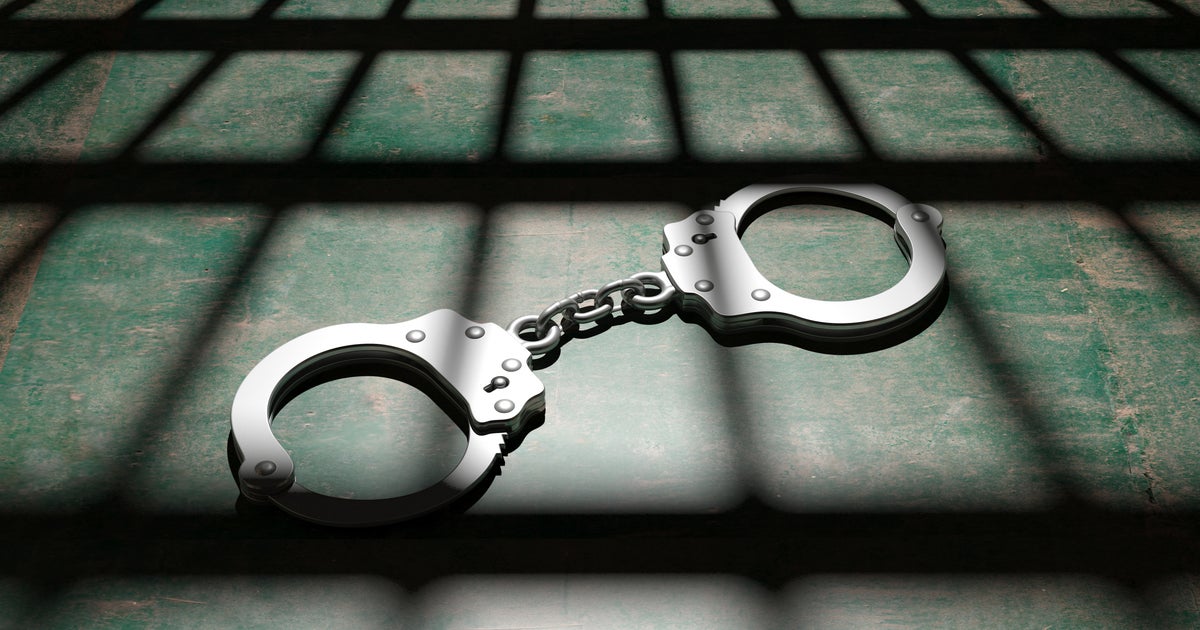
Three people have been shot to death in a small South Dakota town, and a former law officer who once served as the town’s mayor has been charged in the killings.
Jay Ostrem, 64, was jailed on $1 million cash-only bond on three counts of first-degree murder, South Dakota Attorney General Marty Jackley said Tuesday in a news release.
“Law enforcement has secured the scene,” Jackley said. “There is no further threat to the public.”
A probable cause affidavit identified the victims as two brothers, ages 26 and 21, and a 35-year-old man. They were not immediately identified by name, as family members were still being informed. The document didn’t specify any connection between the third victim and the brothers.
Ostrem worked in law enforcement for more than two decades in Wyoming and South Dakota, media reports said. He served as mayor of Centerville about a decade-and-a-half ago, but the exact dates weren’t immediately available.
The probable cause document said a man in Centerville called police at 9:44 p.m. Monday to report that his brother had been shot by “a guy from across the street” and that the shooter had gone back home. The caller was still on the phone with a dispatcher when he said that he had been shot, too. He then stopped talking, the document said.
Ostrem was arrested a short time later. An AR-style rifle was on the ground near him, and he had a handgun in his pocket, the document stated. Officers then went to the home where the call originated and found all three victims.
Ostrem’s wife told police that a neighbor named Paul had sexually assaulted her on Thursday, and she told Ostrem about the assault Monday night, the document stated. She said Ostrem “got up and went raging out of the house,” according to the document.
It wasn’t immediately clear if Ostrem had an attorney. Calls to a phone listing for Ostrem went unanswered.
Centerville is about 40 miles south of Sioux Falls.
South Dakota
Medicaid unwinding deals blow to tenuous system of care for Native Americans • South Dakota Searchlight

About a year into the process of redetermining Medicaid eligibility after the COVID-19 public health emergency, more than 20 million people have been kicked off the joint federal-state program for low-income families.
A chorus of stories recount the ways the unwinding has upended people’s lives, but Native Americans are proving particularly vulnerable to losing coverage and face greater obstacles to reenrolling in Medicaid or finding other coverage.
“From my perspective, it did not work how it should,” said Kristin Melli, a pediatric nurse practitioner in rural Kalispell, Montana, who also provides telehealth services to tribal members on the Fort Peck Reservation.
The redetermination process has compounded long-existing problems people on the reservation face when seeking care, she said. She saw several patients who were still eligible for benefits disenrolled. And a rise in uninsured tribal members undercuts their health systems, threatening the already tenuous access to care in Native communities.
How the state, tribes and federal government are working to curb SD’s syphilis epidemic
One teenager, Melli recalled, lost coverage while seeking lifesaving care. Routine lab work raised flags, and in follow-ups Melli discovered the girl had a condition that could have killed her if untreated. Melli did not disclose details, to protect the patient’s privacy.
Melli said she spent weeks working with tribal nurses to coordinate lab monitoring and consultations with specialists for her patient. It wasn’t until the teen went to a specialist that Melli received a call saying she had been dropped from Medicaid coverage.
The girl’s parents told Melli they had reapplied to Medicaid a month earlier but hadn’t heard back. Melli’s patient eventually got the medication she needed with help from a pharmacist. The unwinding presented an unnecessary and burdensome obstacle to care.
Pat Flowers, Montana Democratic Senate minority leader, said during a political event in early April that 13,000 tribal members had been disenrolled in the state.
Native American and Alaska Native adults are enrolled in Medicaid at higher rates than their white counterparts, yet some tribal leaders still didn’t know exactly how many of their members had been disenrolled as of a survey conducted in February and March. The Tribal Self-Governance Advisory Committee of the Indian Health Service conducted and published the survey. Respondents included tribal leaders from Alaska, Arizona, Idaho, Montana, and New Mexico, among other states.
Tribal leaders reported many challenges related to the redetermination, including a lack of timely information provided to tribal members, patients unaware of the process or their disenrollment, long processing times, lack of staffing at the tribal level, lack of communication from their states, concerns with obtaining accurate tribal data, and in cases in which states have shared data, difficulties interpreting it.
Research and policy experts initially feared that vulnerable populations, including rural Indigenous communities and families of color, would experience greater and unique obstacles to renewing their health coverage and would be disproportionately harmed.
“They have a lot at stake and a lot to lose in this process,” said Joan Alker, executive director of the Georgetown University Center for Children and Families and a research professor at the McCourt School of Public Policy. “I fear that that prediction is coming true.”
GET THE MORNING HEADLINES DELIVERED TO YOUR INBOX
Cammie DuPuis-Pablo, tribal health communications director for the Confederated Salish and Kootenai Tribes in Montana, said the tribes don’t have an exact number of their members disenrolled since the redetermination began, but know some who lost coverage as far back as July still haven’t been reenrolled.
The tribes hosted their first outreach event in late April as part of their effort to help members through the process. The health care resource division is meeting people at home, making calls, and planning more events.
The tribes receive a list of members’ Medicaid status each month, DuPuis-Pablo said, but a list of those no longer insured by Medicaid would be more helpful.
Because of those data deficits, it’s unclear how many tribal members have been disenrolled.
“We are at the mercy of state Medicaid agencies on what they’re willing to share,” said Yvonne Myers, consultant on the Affordable Care Act and Medicaid for Citizen Potawatomi Nation Health Services in Oklahoma.
In Alaska, tribal health leaders struck a data-sharing agreement with the state in July but didn’t begin receiving information about their members’ coverage for about a month — at which point more than 9,500 Alaskans had already been disenrolled for procedural reasons.
“We already lost those people,” said Gennifer Moreau-Johnson, senior policy adviser in the Department of Intergovernmental Affairs at the Alaska Native Tribal Health Consortium, a nonprofit organization. “That’s a real impact.”
Because federal regulations don’t require states to track or report race and ethnicity data for people they disenroll, fewer than 10 states collect such information. While the data from these states does not show a higher rate of loss of coverage by race, a KFF report states that the data is limited and that a more accurate picture would require more demographic reporting from more states.
Medicaid work requirement question will appear on South Dakota ballots in November
Tribal health leaders are concerned that a high number of disenrollments among their members is financially undercutting their health systems and ability to provide care.
“Just because they’ve fallen off Medicaid doesn’t mean we stop serving them,” said Jim Roberts, senior executive liaison in the Department of Intergovernmental Affairs of the Alaska Native Tribal Health Consortium. “It means we’re more reliant on other sources of funding to provide that care that are already underresourced.”
Three in 10 Native American and Alaska Native people younger than 65 rely on Medicaid, compared with 15% of their white counterparts. The Indian Health Service is responsible for providing care to approximately 2.6 million of the 9.7 million Native Americans and Alaska Natives in the U.S., but services vary across regions, clinics, and health centers. The agency itself has been chronically underfunded and unable to meet the needs of the population. For fiscal year 2024, Congress approved $6.96 billion for IHS, far less than the $51.4 billion tribal leaders called for.
Because of that historical deficit, tribal health systems lean on Medicaid reimbursement and other third-party payers, like Medicare, the Department of Veterans Affairs, and private insurance, to help fill the gap. Medicaid accounted for two-thirds of third-party IHS revenues as of 2021.
Some tribal health systems receive more federal funding through Medicaid than from IHS, Roberts said.
Tribal health leaders fear diminishing Medicaid dollars will exacerbate the long-standing health disparities — such as lower life expectancy, higher rates of chronic disease, and inferior access to care — that plague Native Americans.
The unwinding has become “all-consuming,” said Monique Martin, vice president of intergovernmental affairs for the Alaska Native Tribal Health Consortium.
“The state’s really having that focus be right into the minutiae of administrative tasks, like: How do we send text messages to 7,000 people?” Martin said. “We would much rather be talking about: How do we address social determinants of health?”
Melli said she has stopped hearing of tribal members on the Fort Peck Reservation losing their Medicaid coverage, but she wonders if that means disenrolled people didn’t seek help.
“Those are the ones that we really worry about,” she said, “all of these silent cases. … We only know about the ones we actually see.”
KFF Health News is a national newsroom that produces in-depth journalism about health issues and is one of the core operating programs at KFF—an independent source of health policy research, polling, and journalism. Learn more about KFF.
Subscribe to KFF Health News’ free Morning Briefing.
-

 Movie Reviews1 week ago
Movie Reviews1 week ago‘The Substance’ Review: An Excellent Demi Moore Helps Sustain Coralie Fargeat’s Stylish but Redundant Body Horror
-

 Movie Reviews1 week ago
Movie Reviews1 week ago‘Rumours’ Review: Cate Blanchett and Alicia Vikander Play Clueless World Leaders in Guy Maddin’s Very Funny, Truly Silly Dark Comedy
-

 Culture1 week ago
Culture1 week agoFrom Dairy Daddies to Trash Pandas: How branding creates fans for lower-league baseball teams
-

 News1 week ago
News1 week agoVideo: A Student Protester Facing Disciplinary Action Has ‘No Regrets’
-

 Movie Reviews1 week ago
Movie Reviews1 week ago‘Blue Sun Palace’ Review: An Intimate, Affecting and Dogma-Free Portrait of Chinese Immigrants in Working-Class New York
-

 World1 week ago
World1 week agoPanic in Bishkek: Why were Pakistani students attacked in Kyrgyzstan?
-

 Politics1 week ago
Politics1 week agoAnti-Israel agitators interrupt Blinken Senate testimony, hauled out by Capitol police
-

 Politics7 days ago
Politics7 days agoMichael Cohen swore he had nothing derogatory on Trump, his ex-lawyer says – another lie – as testimony ends



:quality(70)/cloudfront-us-east-1.images.arcpublishing.com/adn/A625J23QWJA6HDO7O6MAYXZDTY.JPG)






